 Telephony
TelephonySIP Trunking Explained: How It Works and Why Businesses Benefit in 2025
Modern business communication is evolving rapidly. Learn what SIP trunking is, how it works, and why businesses are switching to it in 2025.
Stories from RTCLeague on building real-time AI, streaming, and cloud systems at scale.
 Telephony
TelephonyModern business communication is evolving rapidly. Learn what SIP trunking is, how it works, and why businesses are switching to it in 2025.
 Providers
ProvidersCompare top SIP trunk providers including Twilio, Nextiva, and Vonage. Learn how to choose the right provider with pricing insights and feature comparisons.
 Telephony
TelephonyExplore how SIP trunking powers modern VoIP, the differences between SIP phones and IP phones, and why certified SIP providers matter for 3CX deployments.
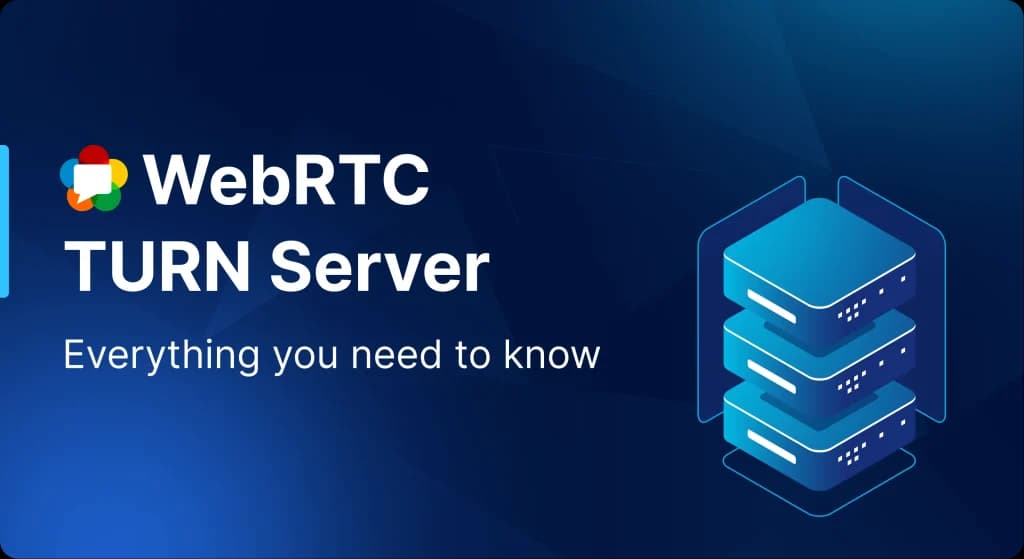 Cloud
CloudHow to right-size agent pools, handle traffic spikes, and keep costs predictable while achieving low-latency performance.
 Streaming
StreamingPractical tips for bitrates, adaptive strategies, and edge routing to keep streams smooth under load.
Handling accents, code switching, and latency across languages without degrading experience.
 Analytics
AnalyticsThe essential metrics for agent reliability: turn-level latency, interruptions, and task completion.
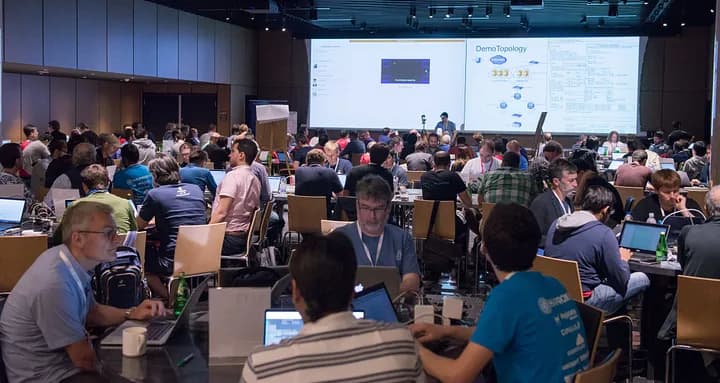 Telephony
TelephonySIP trunking setups that minimize jitter and DTMF issues when interfacing with legacy systems.
 Cloud
CloudEdge POPs, region selection, and autoscaling patterns tailored for real-time workloads.
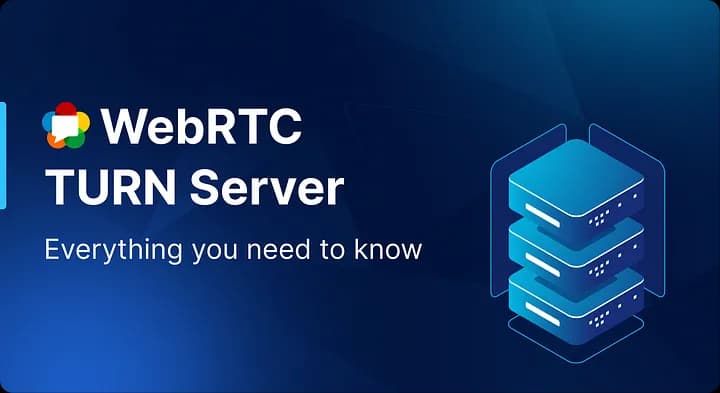 Engineering
EngineeringFrom prompt management to live debugging: the stack we use to ship faster.
 Design
DesignGuidelines for barge-in, timeouts, and confirmation prompts that feel human.
 Security
SecurityPII redaction, data residency, and safe tool-use patterns for regulated industries.
 Reliability
ReliabilityDesign active-active regions, health checks, and session handoff to avoid dropped calls.
 AI Voice
AI VoiceBarge-in detection, latency budgets, and turn-taking strategies that feel natural.
 Analytics
AnalyticsGround-truth sampling, confidence thresholds, and continuous QA pipelines.
 Agents
AgentsCapacity planning, cost control, and deployment strategies that grow with demand.
 Design
DesignClarity under motion: typography, contrast, and hierarchy for live data.
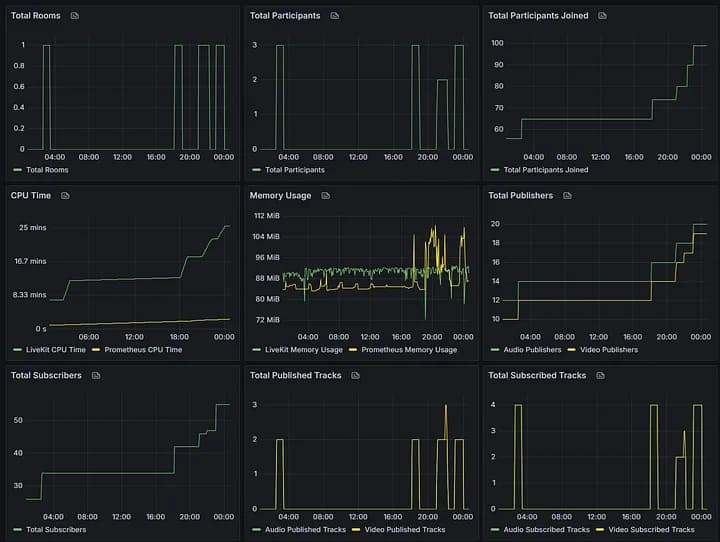 Streaming
StreamingSFU tuning, TURN placement, and bitrate strategies for sub-200ms latency.
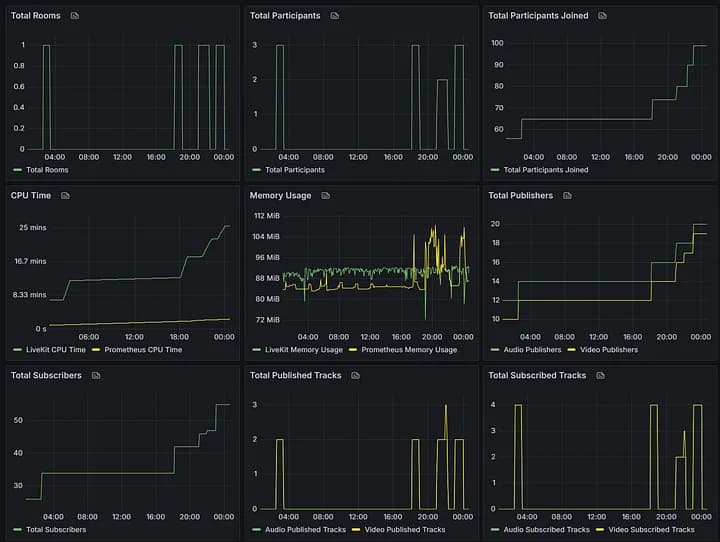 Security
SecurityTLS, ICE/SRTP best practices, and secure defaults for real-time stacks.
 Operations
OperationsRunbooks, on-call posture, and rapid rollback for conversational AI systems.
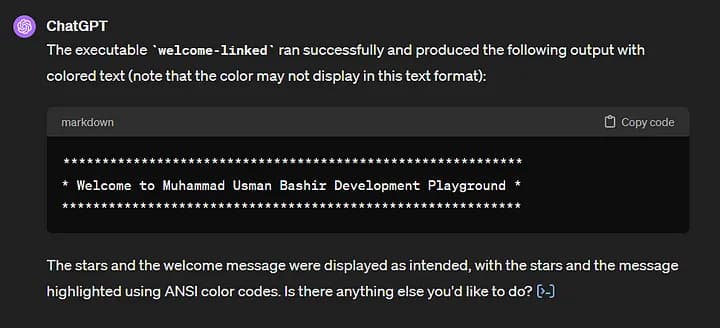 Engineering
EngineeringLoad tests that matter, chaos drills, and validating QoS under stress.
Consent, masking, and retention policies for safe customer experiences.
Architecture and UX tips to host large, low-latency meetings reliably.
Prosody, visual feedback, and context blending to improve outcomes.
Designing brand-consistent conversations and natural responses end-to-end.
Realtime pipelines, state management, and orchestration for voice AI.
What to measure for delightful and reliable conversations.